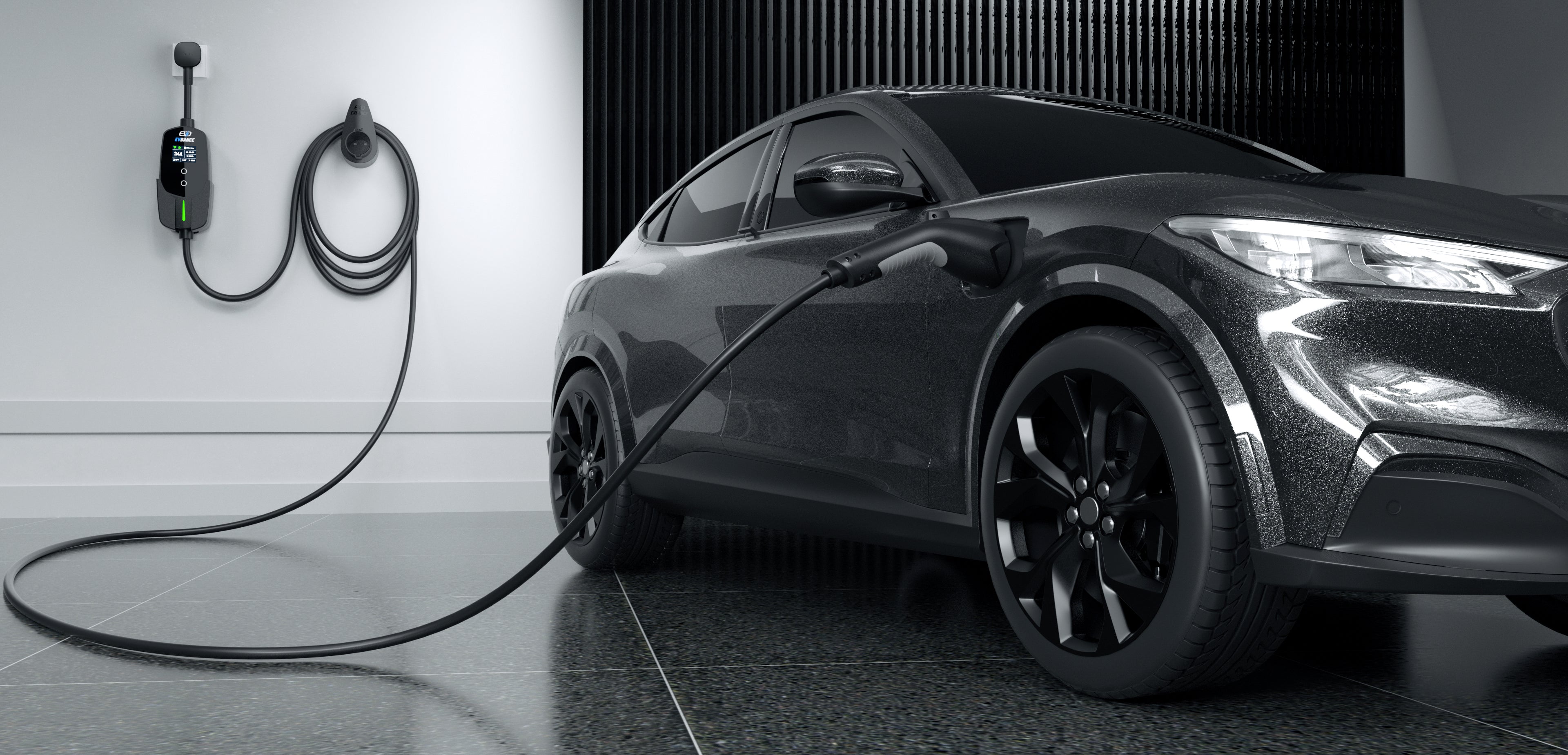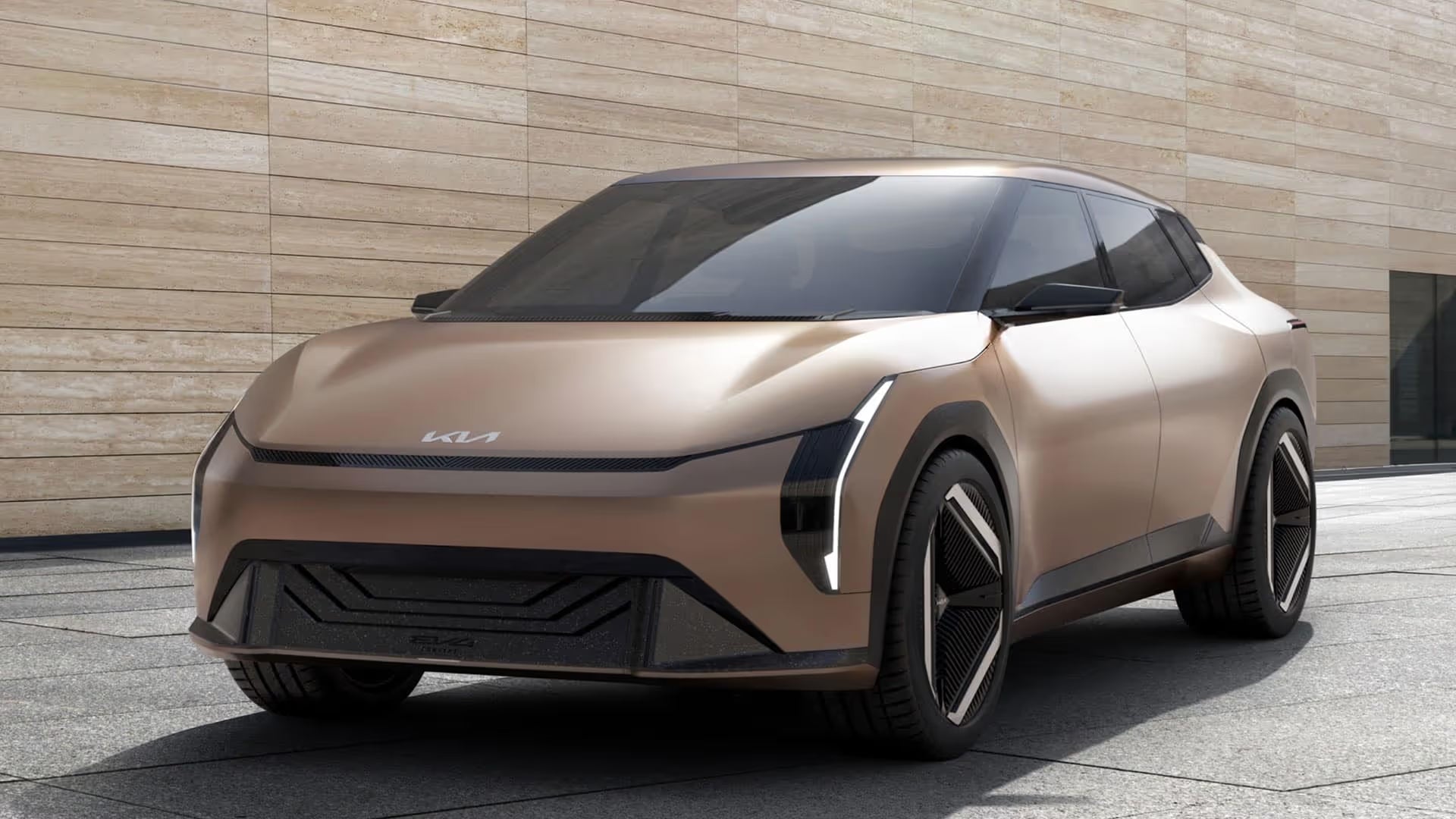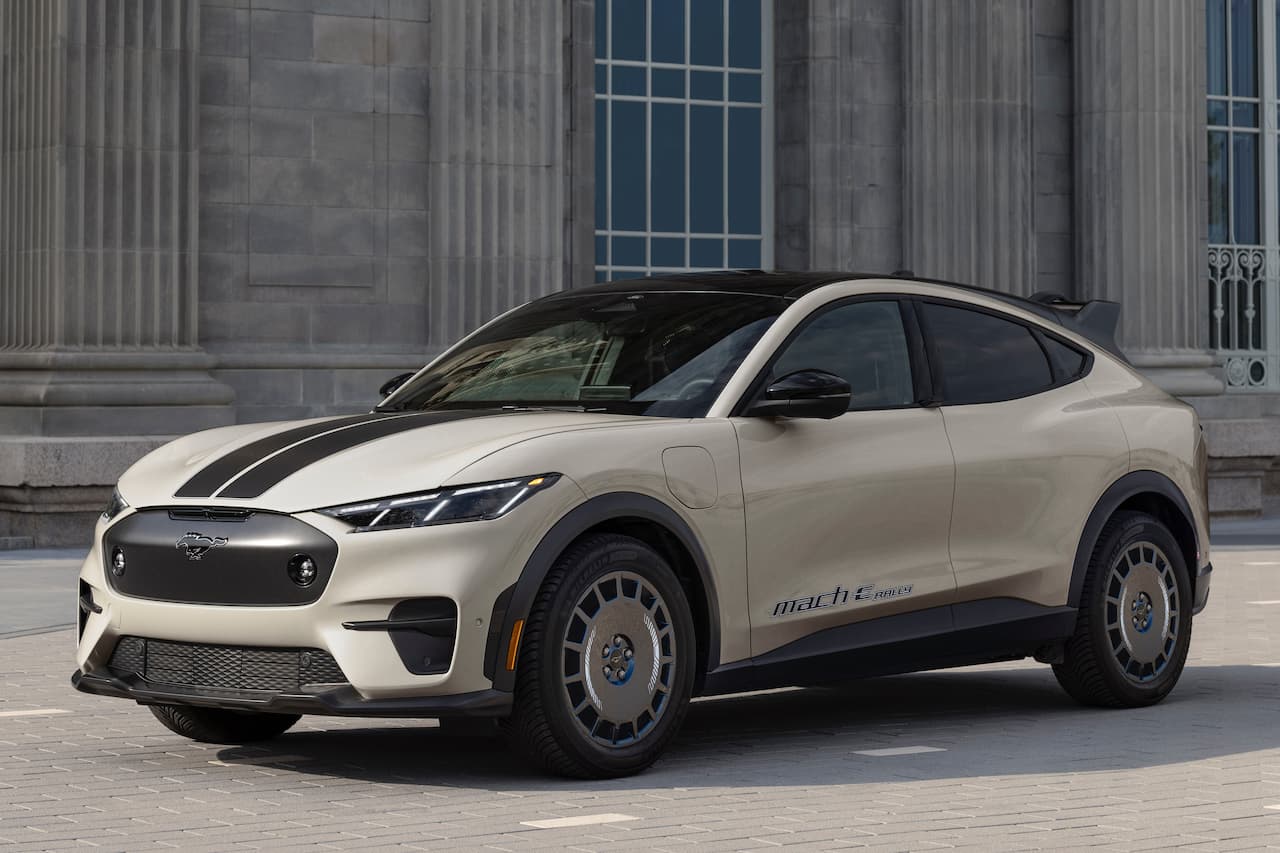Introduction
For first-time EV owners, deciding how to charge at home is one of the first big decisions after purchasing a car. Should you start with a simple portable charging cord (often included with your EV), or invest in a wall-mounted charging station (wall box)? Both solutions serve the same purpose—powering your EV—but they differ significantly in performance, installation, safety, and long-term convenience.
This article breaks down the pros and cons of EV charging cords versus wall boxes, helping you make an informed decision based on your budget, home setup, and driving habits.
1. What Is an EV Charging Cord?
An EV charging cord, also known as a portable Level 1 or Level 2 charger, plugs directly into a standard wall outlet. Most EVs come with one that works with a 120V outlet (Level 1), and some aftermarket options can support 240V (Level 2). These chargers are lightweight, portable, and easy to store in your trunk—making them ideal for drivers who need flexibility.
Key Features:
-
Portability: Easily taken on road trips or between home and work.
-
Plug-and-Play Setup: No installation needed—just plug it into the wall.
-
Lower Cost: Prices typically range from $200 to $400.
-
Slower Charging: Level 1 cords can take 24–48 hours to fully charge most EVs.
2. What Is a Wall Box?
A wall box (or home charging station) is a fixed installation that connects directly to a 240V circuit, typically installed by a licensed electrician. It offers faster charging speeds and a cleaner, more durable setup for long-term home use.
Key Features:
-
Faster Charging: Typically provides 7–11 kW, fully charging most EVs overnight.
-
Smart Features: Wi-Fi or Bluetooth connectivity for app control, scheduling, and usage tracking.
-
Durability: Weatherproof design suitable for indoor or outdoor use.
-
Higher Cost: Usually $500–$900 for the unit, plus $300–$1,000 for professional installation.
3. Comparison Chart: EV Charging Cords vs Wall Boxes
| Feature | Portable EV Charging Cord | Wall Box Charger |
|---|---|---|
| Power Source | 120V (Level 1) or 240V (Level 2 plug) | Hardwired 240V circuit |
| Charging Speed | 3–6 miles per hour (Level 1) / 20–30 mph (Level 2) | 25–40 miles per hour |
| Installation | Plug-and-play | Requires professional installation |
| Cost Range | $200–$400 | $800–$1,800 (including installation) |
| Smart Control | Limited or none | Available (Wi-Fi/app) |
| Durability | Moderate | High |
| Portability | Excellent | Fixed in place |
| Best For | Apartment renters, occasional charging | Homeowners, daily drivers |
4. Installation and Electrical Requirements
For Portable Chargers
If your garage has a standard NEMA 5-15 outlet, you can start charging immediately. However, for faster Level 2 charging, you’ll need a NEMA 6-20 or NEMA 14-50 outlet—which may require an electrician to install a dedicated circuit.
For Wall Boxes
Installation involves:
-
Running a dedicated 240V line from your breaker panel.
-
Mounting the unit on a wall (garage or outdoor).
-
Potential permits or inspection depending on local regulations.
A professional electrician ensures safety and compliance, especially for outdoor setups exposed to rain or heat.
5. Performance and Charging Speed
The biggest advantage of a wall box is speed. While a Level 1 cord can take more than a full day to recharge a large battery (like a Tesla Model Y or Hyundai IONIQ 6), a Level 2 wall box can fully charge it in 6–10 hours.
For example:
-
Portable Level 1 Cord (120V): ~4 miles of range per hour.
-
Portable Level 2 Cord (240V): ~20 miles of range per hour.
-
Wall Box Charger: ~30–40 miles of range per hour.
If you drive over 40 miles daily, a wall box is the more practical long-term option.
6. Smart Features and App Integration
Wall boxes often include advanced connectivity:
-
App-based control: Start/stop charging remotely.
-
Scheduling: Charge during off-peak hours to reduce electricity cost.
-
Energy monitoring: Track consumption and estimated cost.
-
Integration: Compatible with Alexa or Google Home for voice control.
Portable cords usually lack these features, though a few high-end Level 2 cords include basic LCD displays showing real-time amperage and charging status.
7. Safety and Longevity
Wall boxes are built for continuous, high-current charging, with features like:
-
Ground fault detection
-
Surge protection
-
Temperature monitoring
Portable cords, though generally safe, can pose overheating risks if used with an old or overloaded household outlet. For frequent use, a dedicated outlet or wall box is safer and more reliable.
8. Cost Analysis: Short-Term vs Long-Term
If you only drive occasionally or plan to upgrade your home later, starting with a portable Level 2 cord may be sufficient. But for homeowners who rely on their EV daily, a wall box is a long-term investment that enhances both convenience and property value.
| Factor | Portable Cord | Wall Box |
|---|---|---|
| Initial Cost | $200–$400 | $800–$1,800 |
| Monthly Savings (off-peak charging) | Limited | Up to 20–30% |
| Home Value Impact | None | Adds value |
| Average Lifespan | 3–5 years | 10+ years |
9. Environmental and Practical Considerations
Both options reduce reliance on gasoline, but wall boxes tend to be more energy-efficient, thanks to shorter charging times and smarter load balancing. They also reduce the risk of overheating, which can degrade connectors over time.
Additionally, some utility companies offer rebates or tax credits for installing Energy Star–certified wall boxes—making the cost difference smaller than it appears.
10. Which Should You Buy First?
Choose a Portable EV Charging Cord if you:
-
Live in an apartment or rental property
-
Want a low-cost, flexible solution
-
Drive short distances daily
-
Occasionally charge at work or public stations
Choose a Wall Box Charger if you:
-
Own your home with a dedicated garage or driveway
-
Drive more than 40 miles per day
-
Want faster, automated charging
-
Plan to keep your EV long-term
-
Value smart features and app integration
Conclusion
For new EV owners, the choice between a portable cord and a wall box depends on convenience, budget, and long-term plans. If you’re testing the waters of EV ownership, start with a reliable portable Level 2 cord. But if your EV is a daily driver, a properly installed wall box will provide faster charging, improved safety, and better long-term value.
Recommended Reading : The Difference Between Level 1 & 2 & 3 EV Chargers








Share:
What Does kWh Mean? Understanding EV Battery Capacity
How to Find an Electrician for EV Charger Installation